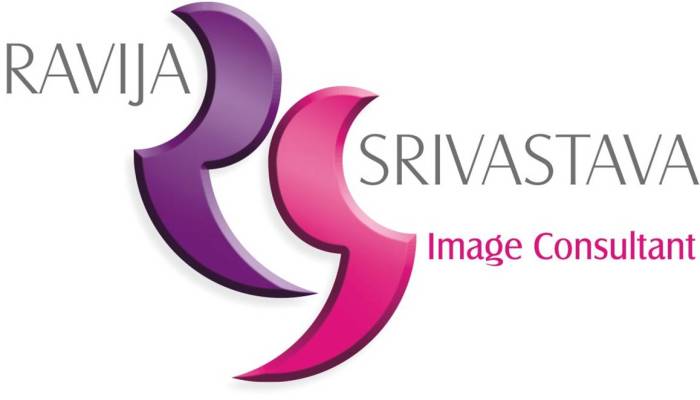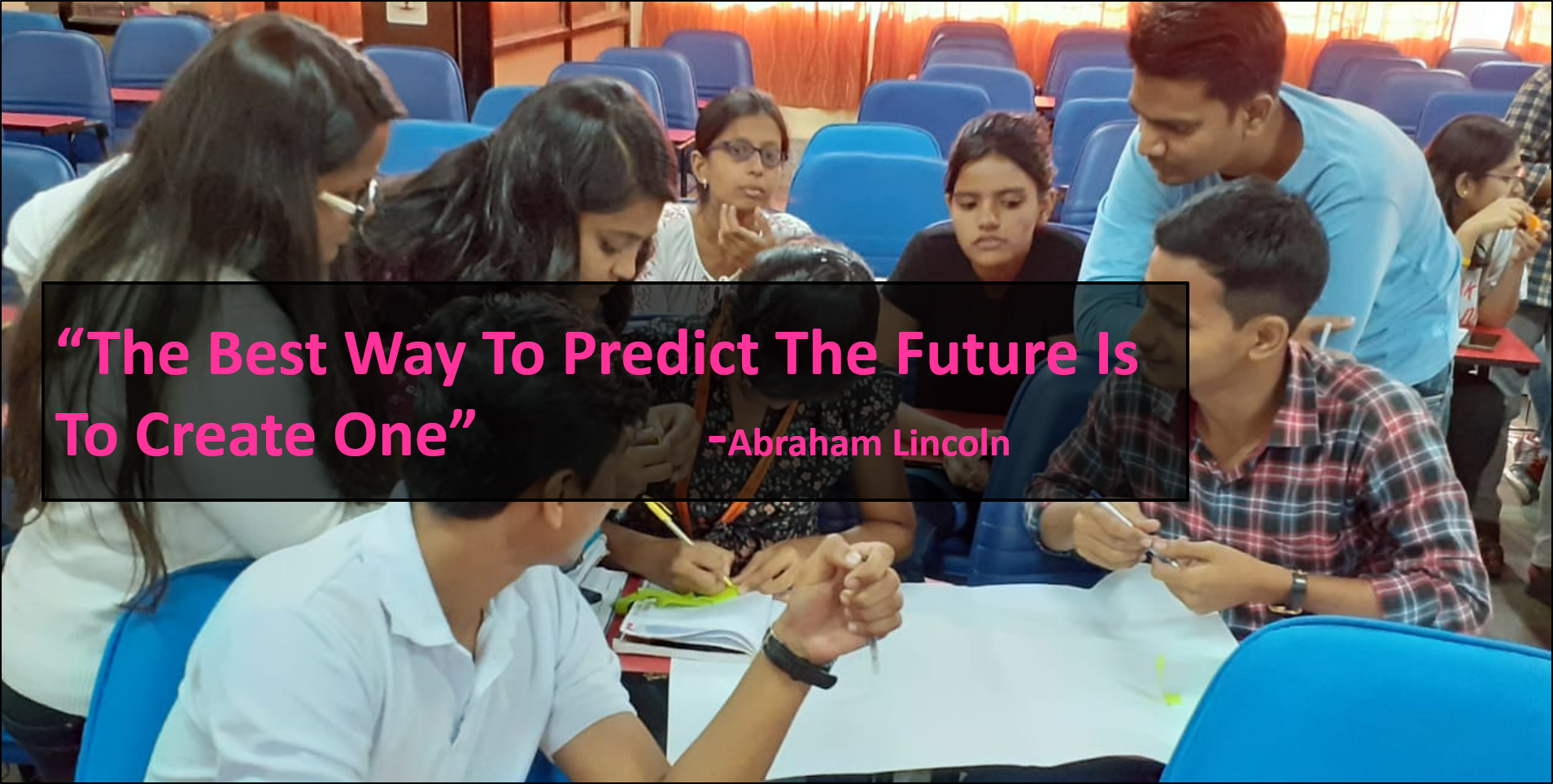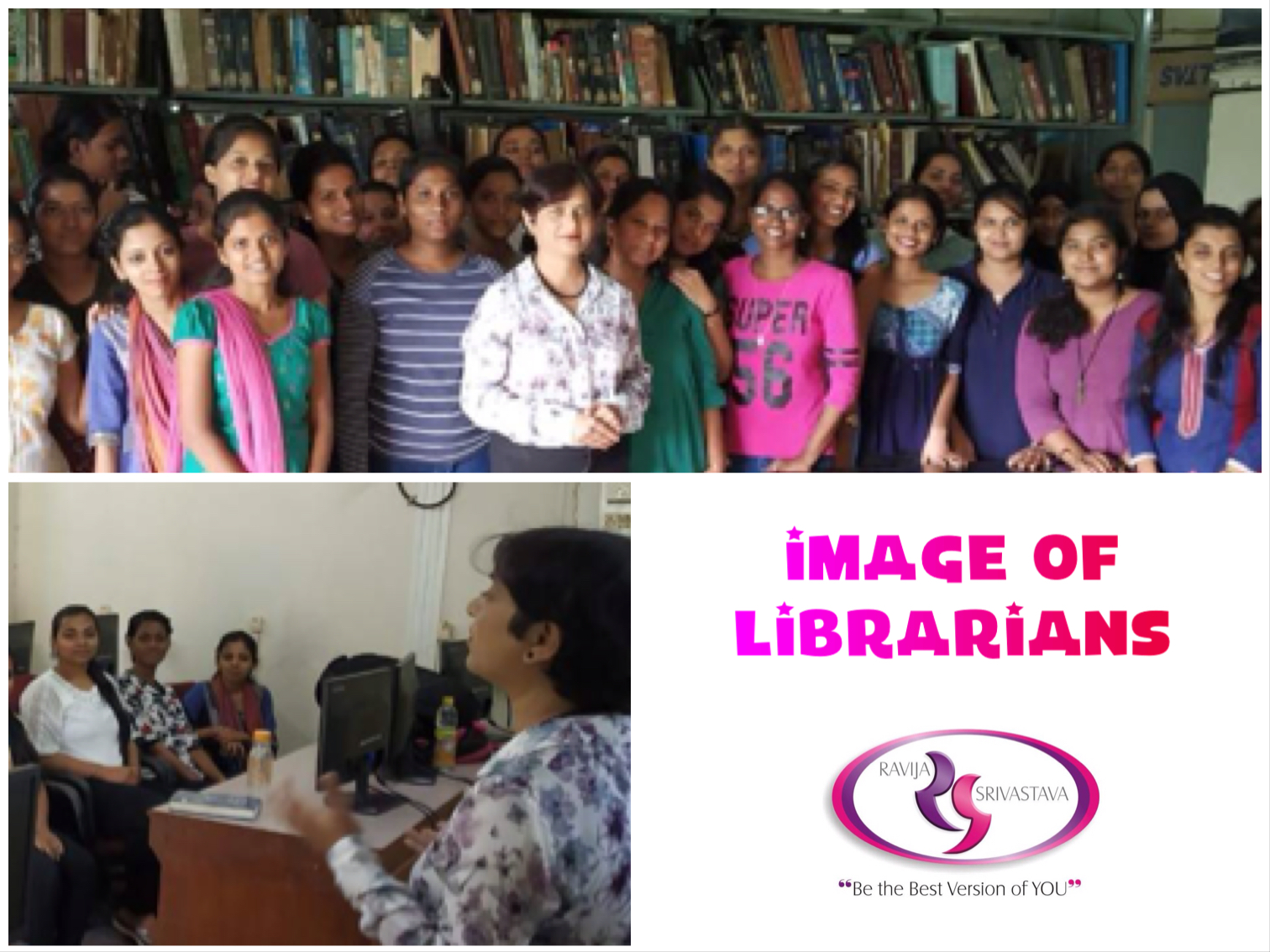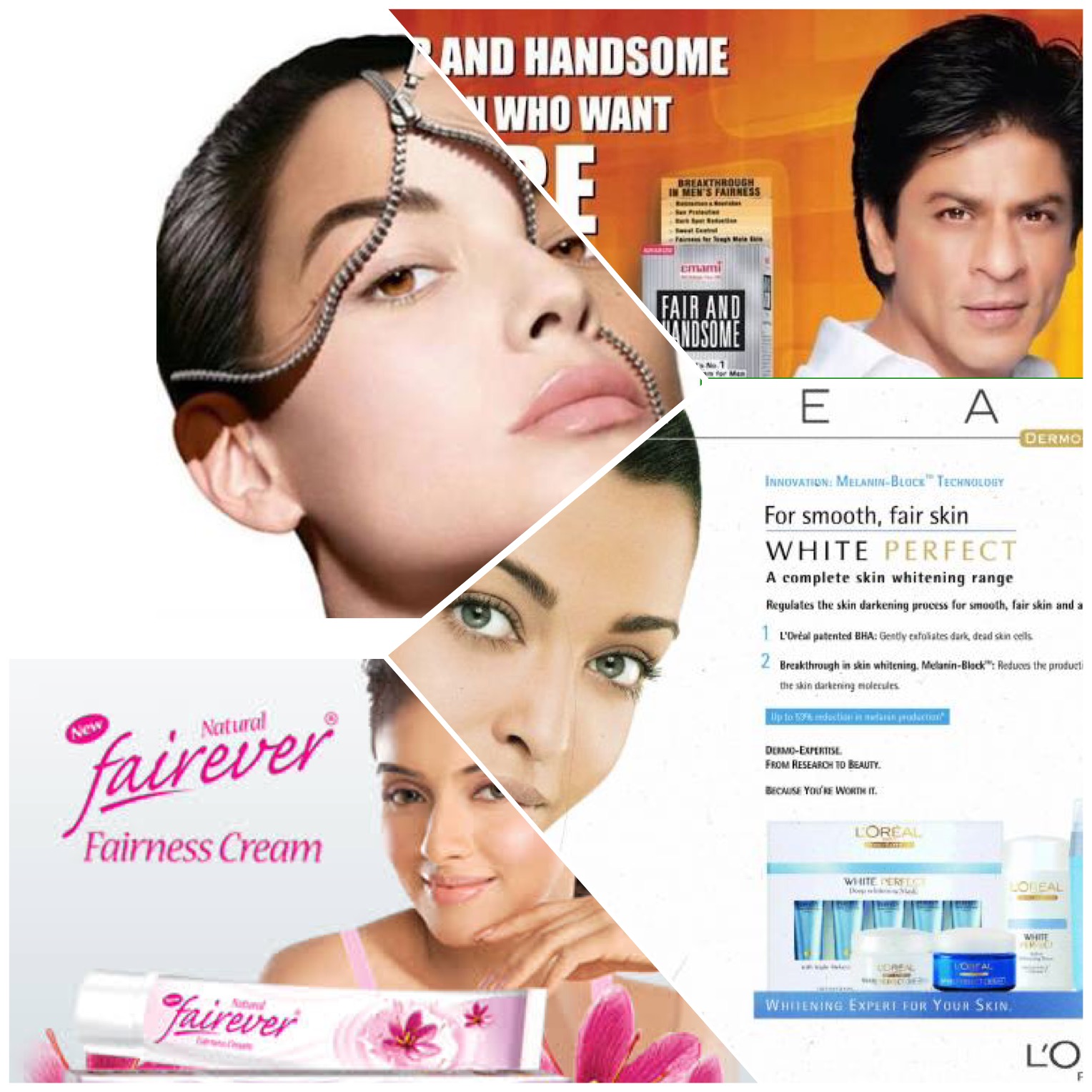June was a tipping point. After the lockdown began in March, it was difficult to clearly visualize the future of my consulting and training business. However, within a month the webinar bug bit me and I was on my way to exploring possibilities in rough waters. Until May, business dynamics were going haywire – announcing free and open webinars on Facebook and LinkedIn brought in good amount of traction initially but registration was no indication of number of attendies. Three sessions could attract only 33, 21 and 16 participants respectively. Numbers decreased. Consistency, though, paid huge dividends. After consecutive open sessions, opportunities to conduct sessions for organizations and institutions came through. With the ongoing covid crisis, it became clearer that economic slump is inevitable and therefore simply making makeshift arrangements to keep oneself busy is not a foresighted answer to the question mark looming large over future of business. Thoughts about market trends, precipitated into a webinar for fellow Image Consultants and I moderated the session that consolidated the insightful inputs of more than 65 professionals in the presence of my teachers from ICBI as panelists.
By May end I was a pro! Had tested several platforms – Google Meet, Gotowebinar and Zoom, even subscribed to one of them. Yeah right! It is Zoom.
June started on an accelerated note with calls from an institute, a corporate house and a professional group. It busied me with improvising on virtual presence skills, getting used to the dynamics of technology, learning various features of VC platforms and designing sessions in response to specific requirements of professional groups. Those who approached for training sessions were either looking for a worthwhile engagement for their community or were grappling to standardize protocols for online presence within their organization. (Although for quite a few years now, smartphones have empowered everyone with basic logistics to create audio-video content, post Covid culture of WFH and online meetings brought forth several problems that are big hindrance to work such as lack of awareness about etiquette and compliance with formality.) I used the problem statements to create a few sessions that addressed common issues and covered everything practically applicable to all kinds of online interactions. A rich content piled up in front of me as I went deeper into reading through blogposts, watching videos, researching on theories of voice modulation, micro-expressions and also completing a course in photographic techniques for home videos.
Next step was even more interesting. It involved learning about more specific operations within the professions from where I received the inquiry. For what purpose do pharma managers use Zoom platform? Is it internal review meetings of head office staff or cycle meeting for field staff or interaction with doctors? Why do students interact on Zoom/Meet and for what? Is it job interview or attending a course of study or group activity with fellow students? How different is the need of a first/second semester student from that of a final semester student? Does the age of a teacher matter in their ability to cope with online teaching challenges? In libraries how can professionals engage their readers or promote various services and resources accessible to them? Is it a breach of copyright if they conduct online reading sessions for their patrons? And so on. Answers to those questions resulted into sessions with interesting and engaging activities. Each Webinar followed by encouraging comments in chat box, feedback forms and WhatsApp messages increased the spirits and the hunger to create more. What happened next comes a little later.
I would take this opportunity to summarize the webinar-feedback-learning string for each project in a concise form here.
Student Group – Its time to Upskill
The management institute in question is affiliated to University of Mumbai and runs two parallel courses PGDM and MMS both extending to 2 year duration. The institute arranged for registrations – creating google form, sending links, reminders and submitting final sheet to me. As far as registrants are concerned, common behavioural patterns emerged from both groups. There were more registrants from 2nd year than 1st year. 60% of Second year and 35% of First year students registered for the session. Some of them panicked at the close of registrations and requested entry into the session to which we complied. Out of total registrants 70% students attended the entire session. We had 63 and 67 students logged in for both sessions respectively till the end of presentation. However, half of them left during Q & A. Inspite of repeated reminders about feedback form by their faculty members who also attended the session along with them, only 26 and 38 respectively filled the form and shared their viewpoints on the issues covered in the session.
The highlight of the feedback form was a question asking the participants to suggest topics for future sessions. Interestingly few students asked for mock sessions to build on skillset discussed in the session whereas majority of them used general expressions like “want more” / “good experience” / “nice presentation” / “no comments” and were unable to state clearly what they wish to learn within the realms of Personal Branding. Many attended the webinar because their friends were attending. Some also stated that their friend was attending another webinar scheduled at the same time and they intend to exchange notes later. Seems a great arrangement. What I could infer from the analysis of feedback and follow-up discussions with the organizers (who also happen to be teaching the same set of students and have observed /interacted with them over a year at least) can be summarized as :
- Students are greatly influenced by their peers when it comes to learning non-technical skills. They will choose to attend sessions based on their friends’ opinion.
- A small fraction is future-anxious in the right proportion and is able to adopt learn-unlearn-relearn behaviour aptly to remain industry relevant for life
- a large group believes soft skills can be learnt by watching YouTube videos and do not realize that here’s a chance to get 101 tips during Q&A and receive practical solutions to more specific problems
- Behaviour and etiquette is often a sensitive issue for them and feel embarrassed to ask questions related to personal grooming
- Due to ignorance and conditioning of the mind, students find it difficult to accept lack of soft skills openly, would rather ignore it and continue to portray an image of perfect beings – thus reinforcing false self image and doing more harm to themselves.
Corporate Employees’ Business Focus
A pharma company reached out to me for a webinar session for its first line managers who had to train field staff and also develop alternative means to reach out to doctors. Transitioning from a business model that largely depended on extensive travelling across globe to remaining seated in respective places and depending on online platforms for business meetings created enough chaos, unrest and stress at all levels throughout the organization. Whether in a cycle meeting or a review meeting every member of the audience is required to know and follow the protocols of online domain. The company arranged for the session on Zoom platform which was attended by more than 65 product managers. This experience stood out for an ultimate show of professionalism, discipline and drive for business. For this session I had tweaked my content to take it to a higher level by including some tips on micro-expressions and practical exercises on voice quality improvement. (I had been reading and researching about them for a long time and used for my own upskilling, but included in a session for the first time). The experiment worked and became the highlight of the session.
For me this was a window to an entire industry that even during lockdown was at its best trying to serve people and conduct business as usual. As I interacted with a sample group from the classified essential services segment, I felt the immense pressure of paradigm shifts at work. What matters to Pharma industry right now is multifarious set of factors – doctors not in service so who will prescribe their medicines, people staying at home and not going out for treatment so who will buy their products, restricted vehicular movements so how should they deliver supplies to stockists and retailers, danger of contracting corona virus so field staff wary of going out to meet doctors and for the same reason doctors not willing to meet for any business promotion. And finally the perils of losing their job if sales do not reach the target. As an interim relief though, owners of some companies have decided to support their staff without salary cut or lay-offs, but the question is – for how long will they do it? Business as usual will take too long to pick up hence the perils at large will continue to haunt and hunt the vulnerables.
The participants’ concerns revolved around how to effectively train their field staff such that they could translate the lists of Dos and Don’ts into behavioural changes ASAP and thereby ensure better business prospects. It is quite obvious that the entire focus is towards change management in minimum time and at minimum loss of business. I can hope the group manages to reclaim their market space with the use of etiquette tips, active body language, controlled micro-expressions and principles of visual communication in the online domain until the restrictions are lifted from market operations and also into the future.
Staying Relevant as a Professional
Meanwhile my friends and well wishers at BKC Knowledge Network invited me for a session on a topic that would resonate with the current situation – Virtual Rejig – New Skillset for the Librarian. Initially announced for Google platform that allows 250 participants in a session, it garnered a registration list as long as 300+. So we decided to divide the group and deliver back to back sessions in repeat mode. During the Covid crisis here’s a group of professionals that is a part of something as essential as education yet not being counted as essential services. All academic institutions being under lockdown , libraries automatically went down with their parent organization and professionals sat home with literally nothing to do. Some corporate librarians resorted to conducting series of webinars in the interest of professional growth – sharing of information and experiences. As webinar concept gained momentum, collaborations emerged and academicians entered into a web of cross connections across disciplines, departments, universities and thematic interests. Interesting permutations and combinations encouraged library professionals to talk about future trends mostly revolving around technological applications and enhancement of library services – based on an anticipation that library services would resume soon.
When we announced a non-tech theme it picked traction too fast to imagine. At the time of designing the session, a preliminary research through informal telephonic conversations with professionals combined with responses of registrants to a question about new activities and services introduced by them in recent times, formed the basis of conceptual framework of the session. Feedback and Q&A of these two sessions was tremendously inspiring. On the suggestion of organisers we announced a 5 day training programme on Personal Branding of Library Professionals and managed to conduct the same successfully on Zoom. My team included Image Consultants Urmi Bhatt and Alpa Doshi and together we facilitated self evaluations, brainstorming, fun exercises and application of emotional intelligence, communication skills and soft skills to library situations that involve various stakeholders – administration, reader community, vendors and library professionals. Stating real life problems and using creativity to solve them added vigour to the online sessions as the participants competed enthusiastically to put their newly acquired skills to use.
Time and again professionals have reiterated their inability to cope with expectations of reader and researcher community. Similar to other service industries, library professionals need to upskill themselves in communication and business etiquette in addition to sharpening their critical thinking, using creativity to solve complex problems of scholarly world. To remain relevant to the academic and scholarly communication process it is important that library professionals develop :
- High emotional intelligence to be able to comprehend individual readers’ information needs accurately. Additionally knowledge of challenging situations readers face in their professional and personal lives
- Value system and character strengths to feel the urge to add value by locating problems and finding solutions using information resources
- Deeper knowledge of their collection and ability to identify valuable information sources lying in library shelves undiscovered or underused
- Ability to repackage information into learning objects and make them deliverable using latest technological medium
- Art of designing microinfo products with the objective of addressing immediate problems of readers
Consistent efforts of individual and collective nature will guarantee emergence of strong personal brands in library and information profession and eventually change the Image of the profession.
Just Around the Corner
June was a tipping point. It also marks completion of Five years of my existence in Image Consulting. From here on we have bigger plans to go ahead. From here on I will be using the term “We”. Roughly 2 years ago I started building contacts with fellow Image Consultants and building my team. There are no big investments involved. Just pooling of talent and trust. Now my team is stronger with 6 new entrants in the process of induction. We are about to start testing a range of new training products developed for online delivery but in synchronous mode to replicate the experience of offline learning-teaching process. We together hope to achieve greater heights and touch more lives enabling them to look, feel and perform better in their personal, professional and social lives. We will continue to help you to “Be the Best Version of YOU”!!










